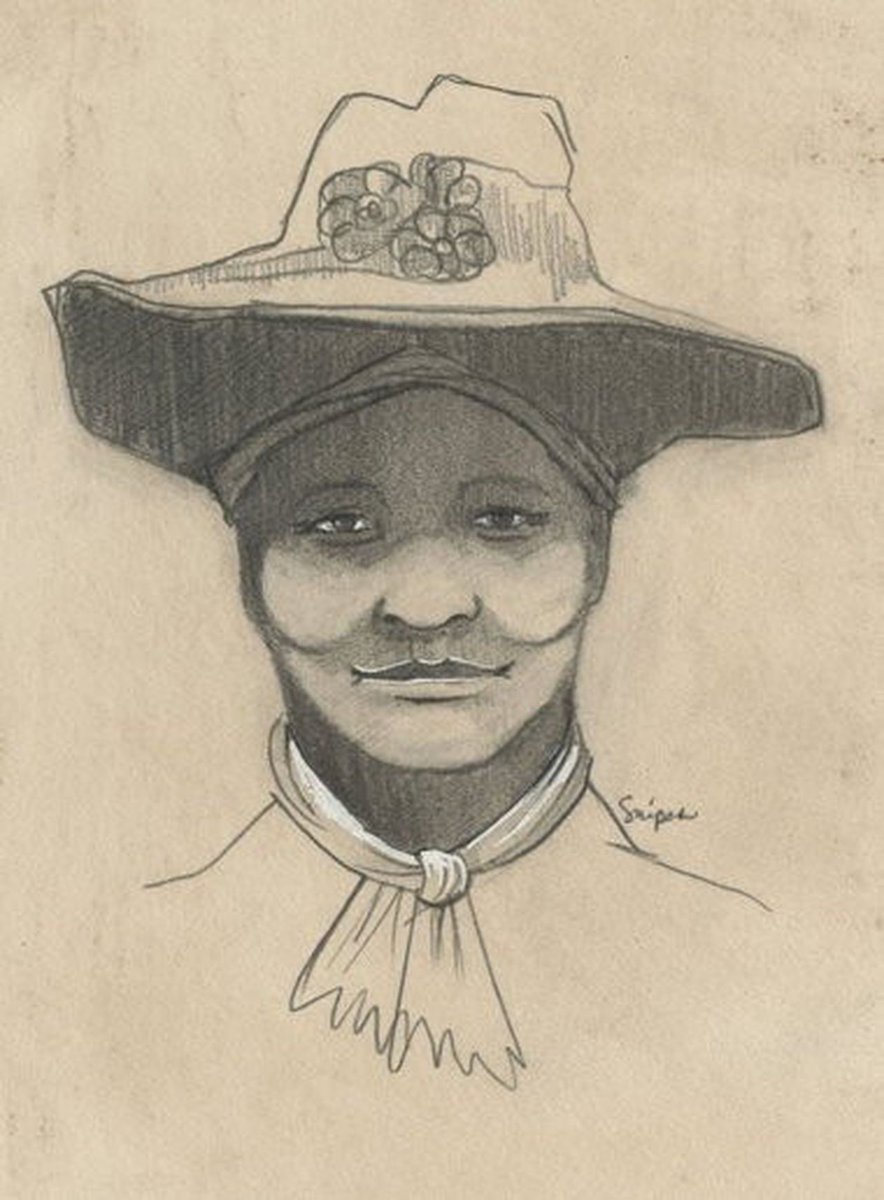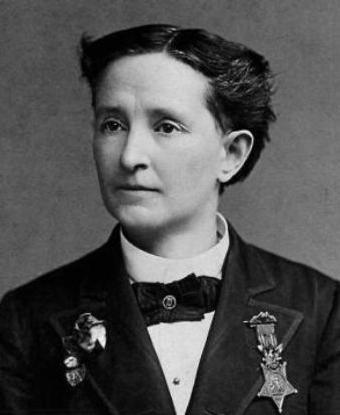
February 1st marks the beginning of #BlackHistoryMonth and we will be dedicating much of our #OTD posts to Black history throughout the 19th century, particularly during the Civil War Era. You can read about the origins of Black History Month here: asalh.org/about-us/origi… 

With that said, #OnThisDay in 1865, Dr. John Rock became the first African American admitted to the bar of the United States Supreme Court. This occurred the same day President Lincoln signed the 13th Amendment. #History #HistoryMatters #USHistory #AmericanHistory
John Rock lived an extraordinary life. He was a teacher, a prolific abolitionist writer and speaker, a dentist, medical doctor, and lawyer. Rock was born a free man in New Jersey in 1825 and became a teacher at age 19 while studying medicine. #Abolitionist #Teacher
He was initially denied entry to medical school because of his race and instead became a dentist in Philadelphia. He later was admitted to the Eclectic Medical College of Pennsylvania and graduated in 1852.
Rock then moved to Boston, offering free medical services to fugitive enslaved people. In 1861 he was admitted to practice law in Mass. During the Civil War, Rock helped recruit Black soldiers for the 54th Massachusetts. He was instrumental in the fight for equal pay for the USCT
Senator Charles Sumner initially ignored Rock's 1861 request to be admitted to practice law before the Supreme Court. Rock also realized that the odds against him as long as Chief Justice Roger Taney presided over the Court especially after the Dred Scott case in 1857.
Taney died in 1864 and was replaced by abolitionist Salmon Chase. Sensing an opportunity, Rock wrote Sumner relentlessly, imploring him to help his cause, which he finally did. The Supreme Court admitted Dr. Rock two weeks after Taney’s death. #PoliticalHistory #CivilWarHistory
A Reporter from The New York Tribune wrote:
"This inky hued African stood, in the monarchical power of recognized American Manhood and American Citizenship, within the Bar of the Court which had solemnly pronounced that black men had no rights..."
"This inky hued African stood, in the monarchical power of recognized American Manhood and American Citizenship, within the Bar of the Court which had solemnly pronounced that black men had no rights..."
"...which white men were bound to respect; stood there a recognized member of it, professionally the brother of the distinguished counselors on its long rolls, in rights their equal, in the standing which rank gives their peer. By Jupiter, the sight was grand."
Dr. Rock also became first Black person to be received in front of the House. Ironically, he was arrested on his way home for not having free papers. Dr. John Rock died the next year in 1866 from failing health. He was only 41 years old. #BlackHistoryISAmericanHistory
• • •
Missing some Tweet in this thread? You can try to
force a refresh







